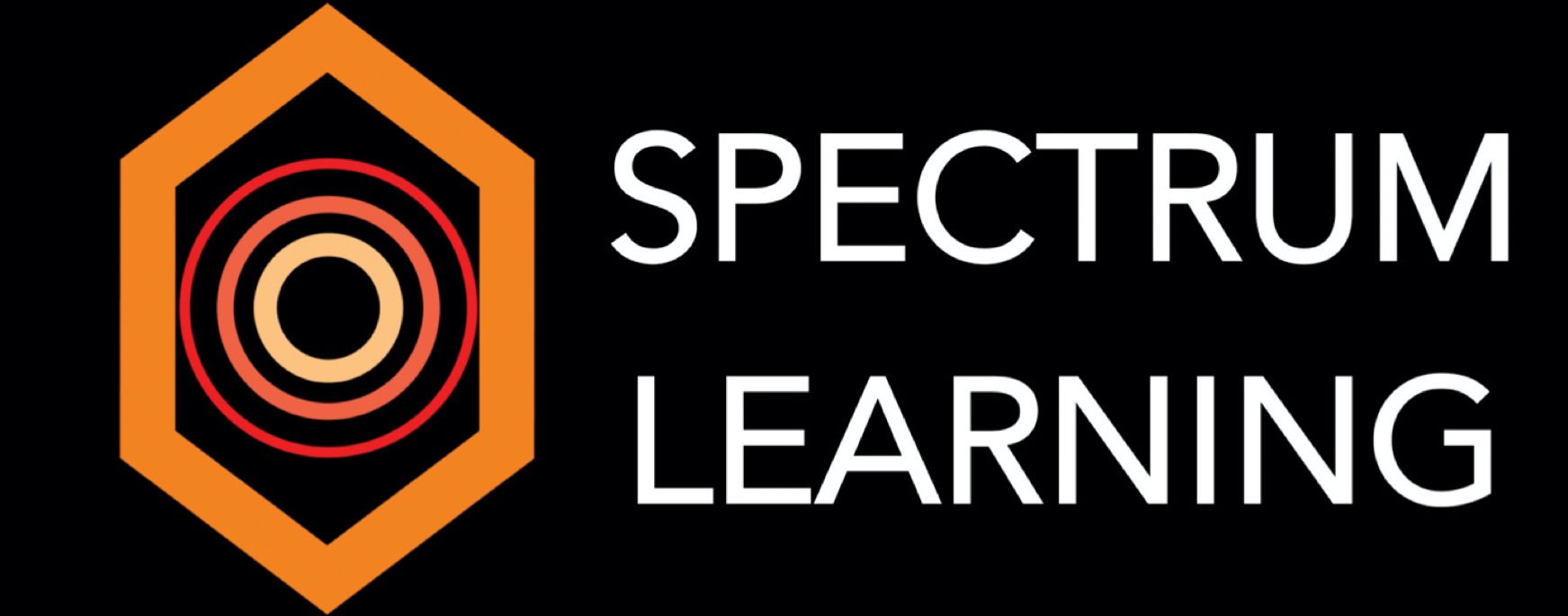Developmental & Behavioural Cases
Autistic Spectrum Disorder (ASD)
The Autism Spectrum Disorder (ASD) categorises various types and forms of autism that can generally be described by symptoms and severity. The core of ASD is Autism, a disorder of neural development characterised by impaired social interaction and communication, and restricted and repetitive behaviour. These signs all begin before a child is three years old.
Asperger Syndrome
Children with Asperger Syndrome show significant difficulties in social interaction, along with restricted and repetitive patterns of behaviour and interests. The linguistic and cognitive development of the child is commonly preserved, unlike cases of autism.
PDD-NOS is a milder form of autism that is not well defined. It is often diagnosed when full criteria for autism or Asperger syndrome are not met. Children with PDD-NOS have only some symptoms of autism, and thus cannot be diagnosed with autism. This disorder is sometimes referred to as “atypical autism” by specialists
Symptoms
- Poor eye contact
- Poor awareness of surroundings
- Inability to control emotions (frequent temper and tantrums)
- Following rigid routines
- High sensitivity to noise and lights
Finding the causes
Brain factors
Brain mapping is particularly effective for clients with ASD due to the spectral nature of the disorder. We routinely perform a qEEG brain mapping for individuals with moderate to high functioning autism. This allows us to assess and identify qEEG profiles of different types of autism along the spectrum, which is essential in providing information for a customised and effective brain training programme.
Spectrum Learning is among the first to use neurofeedback to exercise the brains of children with autism in 1995. Neurofeedback training is able to exercise specific parts of the brain directly and improve the quality of life in the long-run through:
- Reduced sensory overload (eg. sensitivity to certain sounds)
- Reduced anxiety and stress
- Reduced temper tantrums and restlessness
- Reduced routine and repetitive behaviour
- Greater awareness of surroundings
- Improved eye contact
- Better social behaviour
- Improved speech (relevance of content and clearer verbalisation)
- Improved learning
Biological factors
Beyond brain factors, we believe that toxins in the body that are circulated to the brain can also be a significant contributing factor of autistic spectrum disorders. HTMA is the best tool to assess exposure to toxic elements such as Mercury. We found high correlation between the severity of autism and the level of mercury along with imbalance between the minerals copper and zinc. Toxins are known to cause neuro-degeneration. The higher the mercury level and the imbalance between copper and zinc, the more severe the autistic symptoms. This is one of the significant aggravating factors observed, amongst other contributing factors.
Numerous research studies have shown the common biological factors that affect ASD include:
- Food allergies: IgG, IgE
- Leaky guts
- Excessive organic acids and/or oxalates due to yeast and bacteria overgrowth
- Poor digestion of certain peptides
- Heavy metal accumulation
- Nutritional imbalances
- Vaccine damage
